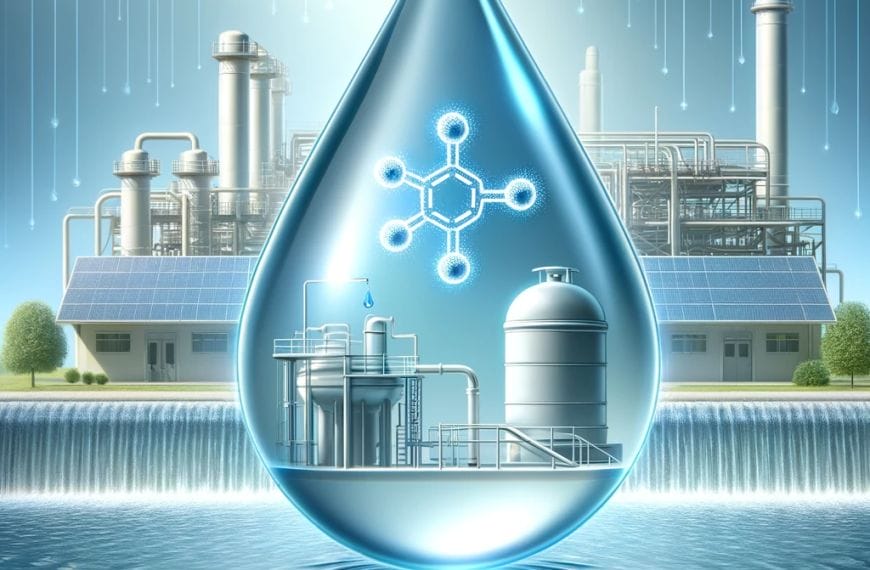Quick Answer: Adhesive tape clings to surfaces thanks to a teamwork of forces—tack for quick grab, cohesion for internal strength, and adhesion for holding on to the surface. On the molecular level, tiny attractions called van der Waals forces and a process called wetting make the bond stronger. Surface type, adhesive formula, and even texture all play a role in how well your tape sticks.
Sticky Start: Why Tape Clings Instinctively
Ever wondered why a strip of tape almost leaps onto a surface and stays there? That “instant grab” happens because of pressure-sensitive adhesives (PSAs), which don’t need heat, water, or curing time to bond. They work the moment you press them down, using carefully balanced adhesive properties to ensure they latch on without effort.
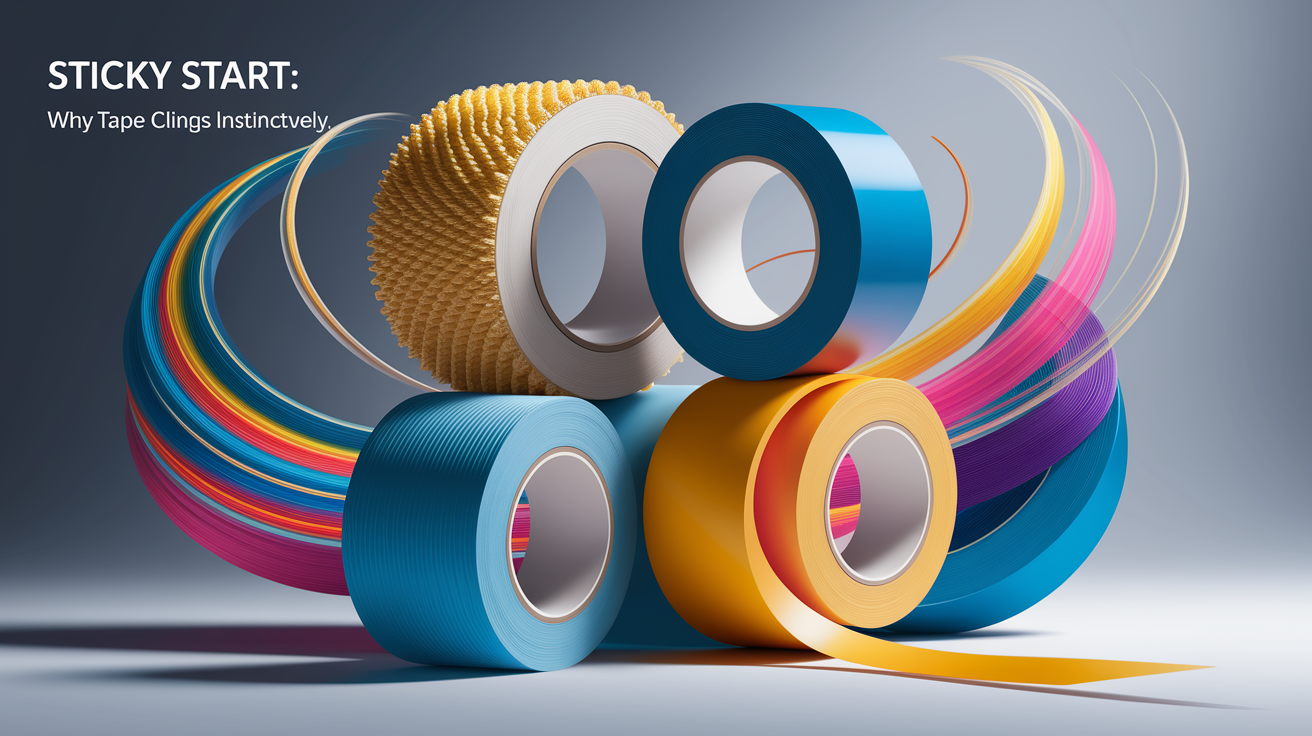
This quick action is crucial in everyday life—from sealing cardboard boxes, to masking during painting, to fixing a tear in a hurry. That natural seeming stickiness comes from a blend of smart chemistry and physics hidden in the thin glue layer.
Hitting the Surface: The Role of Tack, Cohesion, and Adhesion
The science behind the stickiness of tape boils down to three main forces. As explained in The Science Behind the Stick:
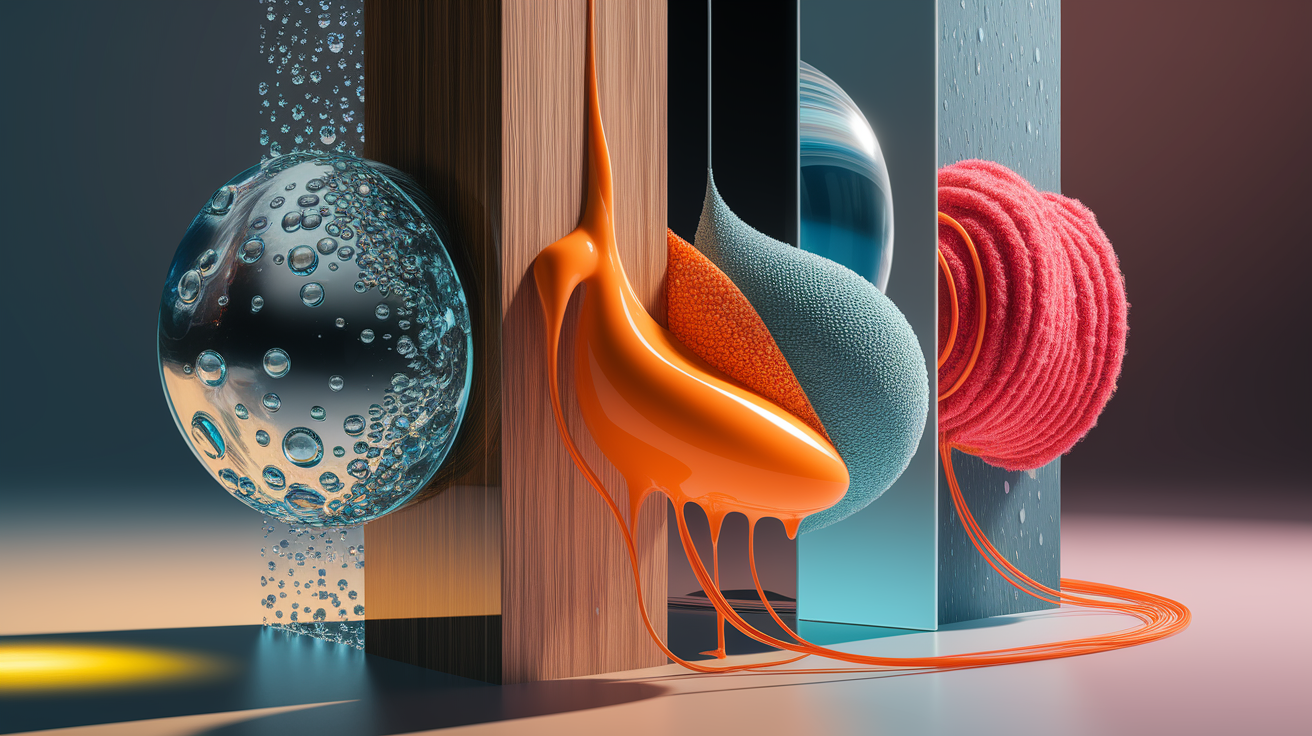
- Tack: The immediate stick you feel when tape meets a surface—important for quick grabs and holding power right from the start.
- Cohesion: The internal structural strength of the adhesive, which keeps it together when forces try to pull it apart.
- Adhesion: The attractive force between adhesive molecules and the molecules of the substrate (surface), which keeps the tape in place.
If tack is too low, the tape peels off too easily. If cohesion is too low, the adhesive stretches or leaves residue. A fine balance is what makes the tape perform well for its given use.
Molecular Magic: Wetting and Van der Waals Forces
At the molecular scale, tape uses a combination of physical phenomena to hold on. According to scientists studying adhesive interactions:
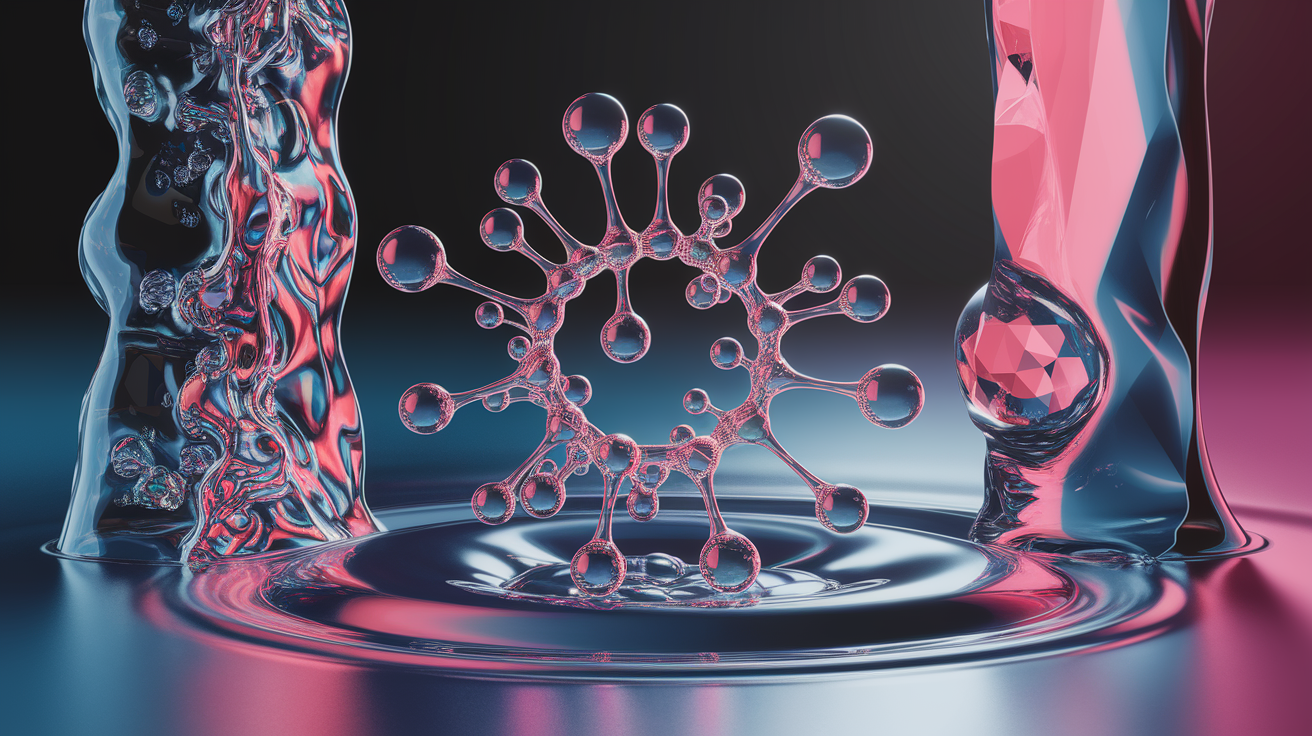
- Wetting: The adhesive flows and spreads into microscopic pits and pores on the surface, increasing contact area and allowing the glue to grip mechanically.
- Van der Waals forces: These are very weak, short-range attractions between molecules, caused by temporary shifts in electron positions. Although individually tiny, when multiplied across the adhesive contact area, they add up to significant holding power.
This combo explains why even a seemingly smooth surface can still host a strong bond—if the adhesive can flow into micro-variations and make intimate contact.
Surface Matters: Texture and Energy Influence
Not all surfaces are made equal when it comes to tape sticking. As highlighted by adhesion experts, surface energy and texture greatly influence tape performance:
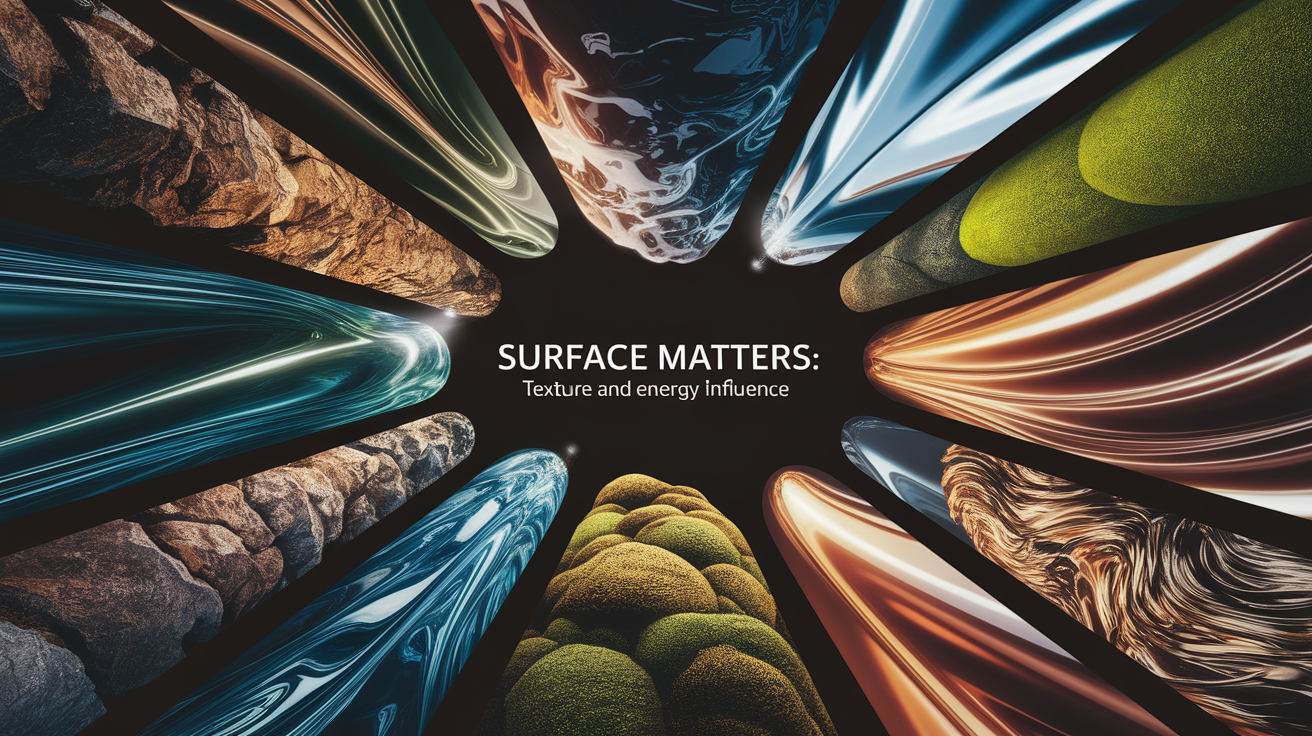
- High surface energy materials (like glass or metal) make it easy for adhesive to spread and create a strong bond.
- Low surface energy materials (like certain plastics) resist adhesive flow, making them harder to stick to without a special formula or primer.
- Surface texture: A slightly rough surface can help adhesives wedge into tiny spaces, creating mechanical interlocking. But a perfectly smooth, low-energy surface can be tricky to bond without custom adhesives.
Mechanisms in Action: Mechanical, Chemical, and Electrostatic Adhesion
Adhesion doesn’t rely on one method—it can take multiple forms. Based on research from adhesion science resources:
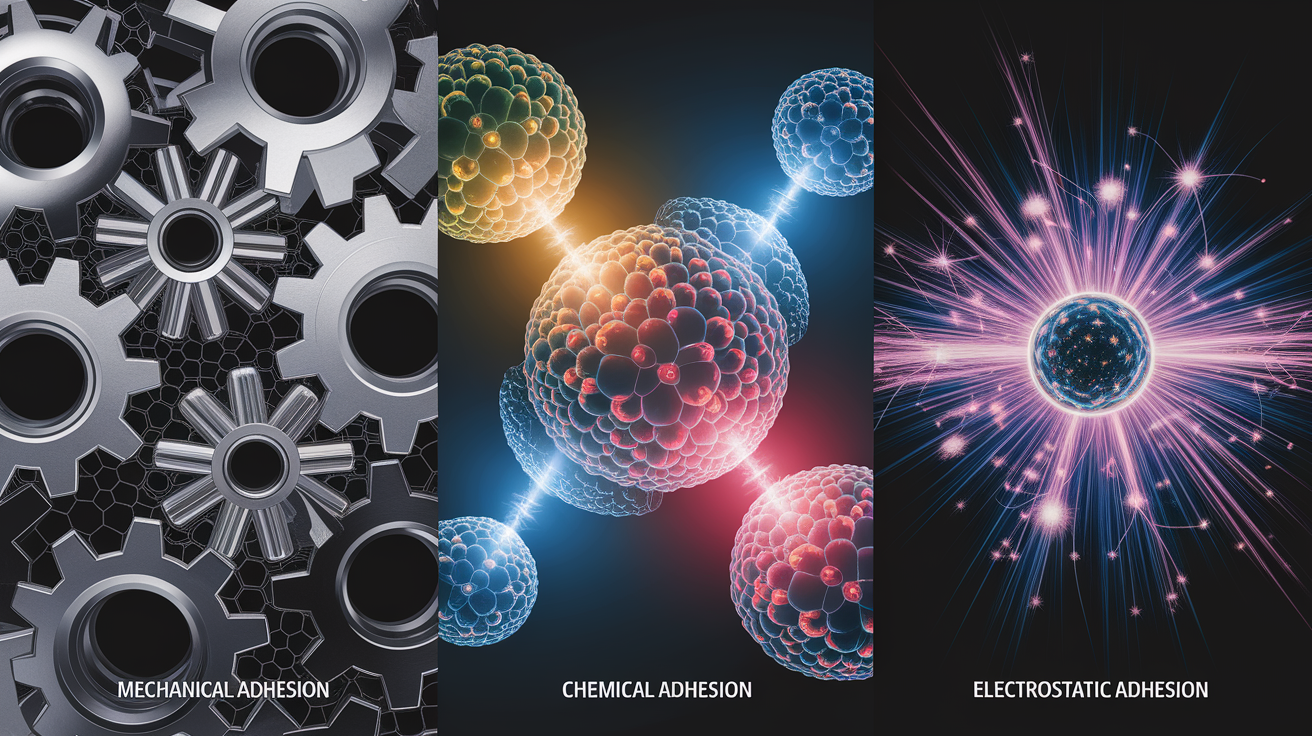
- Mechanical adhesion: Adhesive flows into surface irregularities and locks in place when set.
- Chemical adhesion: Actual chemical bonds form between adhesive and substrate molecules—less common for everyday PSAs.
- Electrostatic adhesion: Static charges attract and hold adhesive molecules to the surface, providing extra stickiness.
Most everyday tapes, like duct tape or masking tape, rely mainly on mechanical and electrostatic forces—allowing them to stick firmly yet still be removable.
Tailored Tack: Tape Formulations and Use Cases
The “glue” in tape varies widely in composition depending on the job. Insights from tape manufacturers and adhesive experts show these trends:
- Acrylic adhesives: Good aging resistance and UV stability—great for outdoor or long-term applications.
- Rubber adhesives: High initial tack, excellent for quick bonding to rough or low-energy surfaces, but weaker against heat and UV light.
- Silicone adhesives: Excellent adhesion to very low surface energy materials and temperature extremes.
- High tack/low cohesion formulas: Ideal for temporary fixes where strong initial grab is important, but long-term bond is not.
- Lower tack/high cohesion formulas: Designed for permanent bonds without adhesive failure or residue.
Choosing the right adhesive formula for your substrate and application conditions ensures the best performance—whether you want a removable label or a long-term weatherproof seal.
Conclusion: Sealed with a Stick – Your Quick Adhesion Recap
Adhesive tape’s stickiness comes down to a fascinating team effort: tack for immediate grip, cohesion for internal strength, adhesion for surface hold, plus molecular attractions like van der Waals forces and wetting to tie it all together. Surface energy, texture, and the adhesive’s chemical makeup decide just how strong and lasting that bond will be. So next time you peel back a strip of tape, you’ll know there’s a whole lot of science behind that simple sticky strip.








